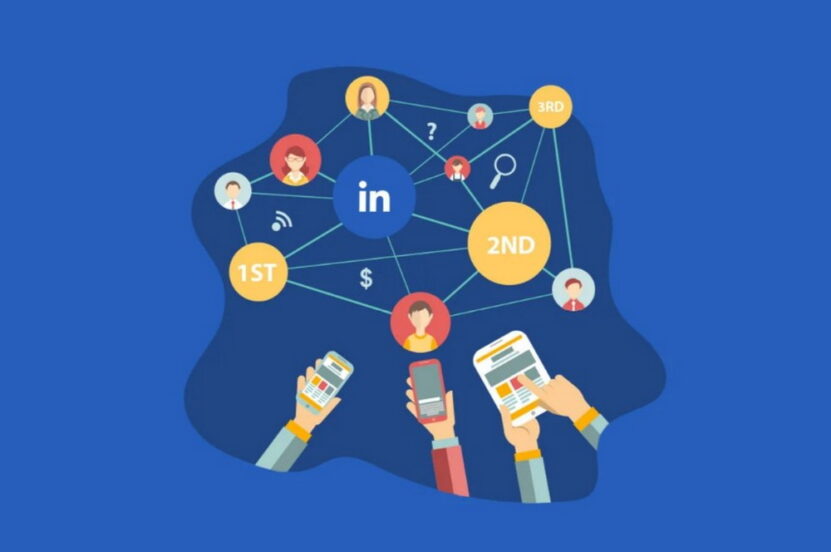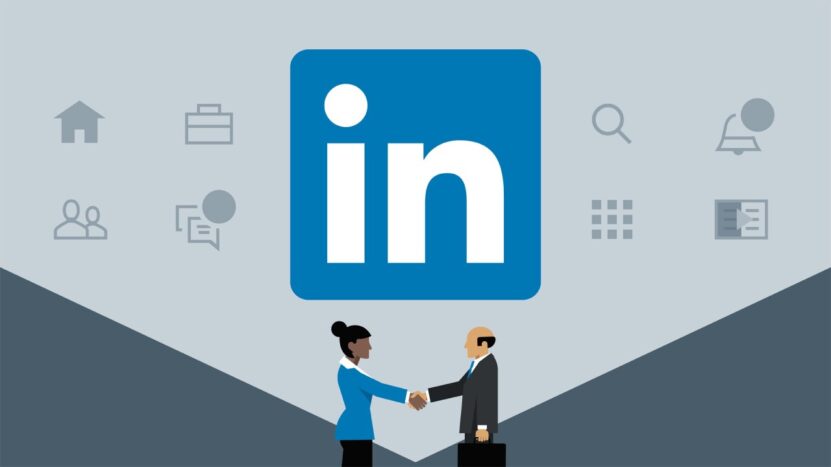LinkedIn has become an indispensable tool for professionals seeking to expand their horizons, connect with like-minded individuals, and explore new career opportunities. In this blog post, we’ll delve into the significance of LinkedIn for professional growth, with a particular focus on 1st, 2nd, and 3rd-degree connections.
These connections form the backbone of your LinkedIn network, and understanding how to leverage them can propel your career to new heights.
What Are LinkedIn Connections?
LinkedIn connections are digital professional relationships that mirror real-life networking but in an online realm. They serve as the foundation for building a robust professional network.
Your contacts are your virtual counterparts in the professional world, and they play a pivotal role in your career development. Whether you’re looking for a job, seeking industry insights, or aiming to connect with thought leaders, your LinkedIn connections are the keys to unlocking these opportunities.
1st Degree Connections: Building Your Foundation

Your 1st degree connections on LinkedIn are people you know personally and have connected with directly on the platform. These individuals may be your colleagues, classmates, mentors, or acquaintances.
The significance of 1st-degree connections lies in the fact that they are your closest digital network. They are the people who are most likely to endorse your skills, provide recommendations, and offer immediate assistance when needed.
Cultivating strong relationships with your 1st-degree contacts is crucial for building a solid foundation on LinkedIn. One of the tools that can help in this field certainly is Scrupp.
2nd Degree Connections: Expanding Your Reach
Moving beyond your 1st-degree connections, you’ll encounter the vast realm of 2nd-degree connections. These are individuals who are friends of your 1st-degree connections. While you may not know them personally, they are only one connection away from you.
The beauty of 2nd-degree contacts lies in their potential to expand your reach exponentially. By connecting with them, you gain access to a broader network of professionals who may share your interests, work in your industry, or have valuable insights to offer.
3rd Degree Connections: Tapping into the Wider Network
Taking it a step further, 3rd-degree connections are friends of your 2nd-degree connections, expanding your LinkedIn network into an outer circle. While these connections may seem distant, they present a unique opportunity to tap into a much broader and more diverse network.
Imagine them as the gateway to the LinkedIn universe, where countless opportunities and valuable contacts await your exploration.
By connecting with 3rd-degree professionals, you’re not just broadening your reach; you’re opening doors to a wealth of new perspectives and potential collaborations.
Why Quality Matters More Than Quantity

It’s indeed tempting to focus on amassing a large number of connections on LinkedIn, but remember, the quality of your connections far outweighs the quantity. Meaningful connections are those forged on shared interests, mutual respect, and genuine interactions.
These contacts are more likely to lead to valuable opportunities, such as job referrals, collaborative ventures, and invaluable industry insights.
In stark contrast, a bloated network filled with irrelevant connections can dilute the impact of your profile and hinder your networking endeavors. Instead of pursuing sheer numbers, prioritize nurturing relationships that add value to your professional journey.
Strategies for Building a Strong LinkedIn Network
Building a robust LinkedIn network begins with thoughtful actions. Start by sending connection requests and messages to professionals whom you genuinely want to connect with and share common interests. Personalize your invitations to convey your sincere interest in them and your eagerness to engage in meaningful conversations.
Networking on LinkedIn transcends the act of merely collecting contacts; it’s about fostering relationships that can mutually benefit both parties involved.
By taking this approach, you lay the foundation for a strong, interconnected network that can yield lasting results.
Networking Etiquette on LinkedIn
Effective networking on LinkedIn hinges on adhering to essential etiquettes. Do actively participate in meaningful conversations, share valuable content, and demonstrate responsiveness to messages. These actions not only enhance your professional image but also help you build rapport within your network.
On the flip side, refrain from indiscriminately sending connection requests or using generic messages, as this can be seen as spammy behavior.
Oversharing personal information may also be counterproductive, as it can detract from your professional image. By following these etiquettes, you’ll maintain a positive and credible presence on the platform.
Leveraging 1st Degree Connections
Your 1st-degree connections hold a position of prominence in your LinkedIn network. To maximize the value of these immediate contacts, engage actively with their posts and updates. Endorse their skills when appropriate, and provide recommendations that reflect your genuine appreciation of their professional abilities.
These actions not only strengthen your connection with them but also increase your visibility within their network, potentially leading to more opportunities.
Additionally, don’t hesitate to reach out to them for advice, introductions, or potential collaborations. Your 1st-degree contacts can be valuable allies in your career journey.
Utilizing 2nd and 3rd Degree Connections

Expanding your network beyond your immediate contacts requires strategic approaches when connecting with 2nd and 3rd-degree professionals. When sending connection requests to 2nd-degree connections, craft friendly and concise messages that highlight your shared connection and express your interest in connecting.
With 3rd-degree contacts, consider being more explicit about your shared interests or goals to initiate a meaningful connection.
By adopting these strategies, you unlock the immense potential of your extended LinkedIn network, tapping into a broader pool of knowledge, opportunities, and diverse perspectives.
Monitoring and Managing Your LinkedIn Connections
As your LinkedIn network continues to grow, organization becomes paramount. Implement strategies such as creating tags or lists to categorize your connections based on factors like industry, location, or shared interests.
Regularly update your contacts with relevant content and actively engage in conversations to maintain the vitality of your relationships. Utilize tools and features provided by LinkedIn to efficiently manage your network, ensuring that you stay connected and informed within your professional sphere.
Keeping your LinkedIn connections well-organized is essential for making the most of your network over the long term.
Conclusion: Harnessing the Power of LinkedIn Connections

In conclusion, LinkedIn is a powerful platform for professional growth, and your connections play a pivotal role in unlocking its potential.
By understanding the nuances of 1st, 2nd, and 3rd-degree contacts and focusing on quality over quantity, you can harness the true power of LinkedIn for your career advancement. Start building and nurturing your LinkedIn network today, and watch your professional opportunities flourish.

